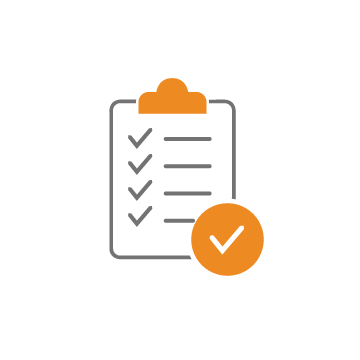4 min read
Cloud Cost Optimizer with Governance and Security Oversight
By: John Tsuetaki on December 8, 2022

In today's highly competitive enterprise market, quick ROI is one of the measures of success. As a result, many enterprises have moved into the cloud arena, especially the AWS cloud. AWS is one of the enterprise market's most efficient and preferred cloud services. These technologies help enterprises achieve scalability, cut costs, and attract profits.
However, on the other side, as an AWS user, you also know that these resources no longer have fixed costs and are charged by the hour, which can be pretty cumbersome.
So, if you're the one who is wondering after all the work of migrating whether it's better to stay on-premises due to the increasing cloud costs, you're not alone. Many companies sail on the same boat and want to identify why cloud spending grows and how to cut unnecessary cloud expenses.
To do this, you must first reassess your cloud deployment. This will help you get a clear picture of your cloud cost and the recommendations to optimize it.
Hence, this article uncovers cloud optimization assessment, how it works, why you must take this into your regular practice, and the most common cloud issues.

What is Cloud Optimization Assessment, and How it Works?
A cloud optimization assessment, the name itself says, is used to assess/examine your cloud deployment and provides you with full visibility into your cloud costs and an actionable roadmap of recommendations which will result in an updated and optimized environment that will save cost and improve performance.
Typically, it assesses unused instances, unused waste, reserved instances (RI), and rightsizing to find opportunities to enhance architecture and governance.
During the assessment period, your cloud invoices will be analyzed by experts to find the most cost-effective ways to save without disrupting your operations.
You can even get better pricing if you re-architect your environment. However, if you need more time or a maintenance window for that project scale, many easy-to-deploy solutions can quickly mark your bill.
As part of an assessment, the first thing an assessment aims to identify is the low-hanging fruit, which requires no architectural redesign. This is followed by governance and tagging initiatives before assessing more granular architectural changes that would affect downtime and utilization.
The Importance of Cloud Optimization Assessment
Cloud spending can quickly spin out of control. For instance, a large food industry stored vast amounts of data in a hot cloud storage environment. Yet, it didn't leverage the best practices in its lifecycle policy or take advantage of cost-saving cold storage in AWS.
A cloud assessment analyzed the run rate cost depending on how frequently the company accessed the data in the hot storage. As a result, much of it could be somewhere other than where it was, so the company cut its storage spending by more than half.
Furthermore, every organization we've encountered must optimize something in their cloud. But unfortunately, there's a big gap in cloud skills. Apart from the largest enterprises, most organizations lack in-house talent with the knowledge or time to continuously assess their organization's cloud deployment.
The cost savings will not only justify a fresh look at your cloud environment. However, it's not all about cost. Instead, the results of an assessment will show whether a resource is being under or overutilized, and you can adjust the application to best suit the environment in which it is deployed.
Additionally, many organizations use the savings from optimization to improve additional cloud migrations. If you have migrated some of your operations to the cloud and wish to migrate others, an assessment could reveal savings that can make room for that move's budget.
 The Most Common Cloud Issues
The Most Common Cloud Issues
When performing cloud optimization assessments, we often identify that organizations need a defined RI strategy. Lack of defined RI strategy can result in loss of money.
Sometimes, workloads and virtual machines (VMs) might run 24/7 when there's no need. Therefore, one of the several RI purchasing options might make more sense regarding budget and overall discount percentage than another.
Rather than simply purchasing RI for everything, a strong RI strategy includes checking what reservations are expiring, what RI is being unused, and converting, modifying, or selling them back into the marketplace.
Another common issue is that organizations need to leverage the latest resources from their cloud providers. For example, AWS and Azure frequently introduce new instance types with better performance capabilities and per-hour cost. As long as you take advantage of their updates every few months, their commitment to updating their offerings might help you achieve your business goals.
Bottom Line
A cloud is very different from a traditional data center, where resources are reviewed every six months or every three years, in line with the traditional hardware lifecycle.
However, depending on your organization's use, a cloud deployment must be reviewed daily to quarterly to ensure you're using the best solutions from AWS to increase your savings.
You can even maximize your budget and increase the efficiency of your deployment if you could work with an advanced tier partner, like Global Technology Solutions (GTS). As an approved partner, GTS, may also cut your cloud bill in half with a cloud optimization assessment.
Get in touch with us today to learn more.